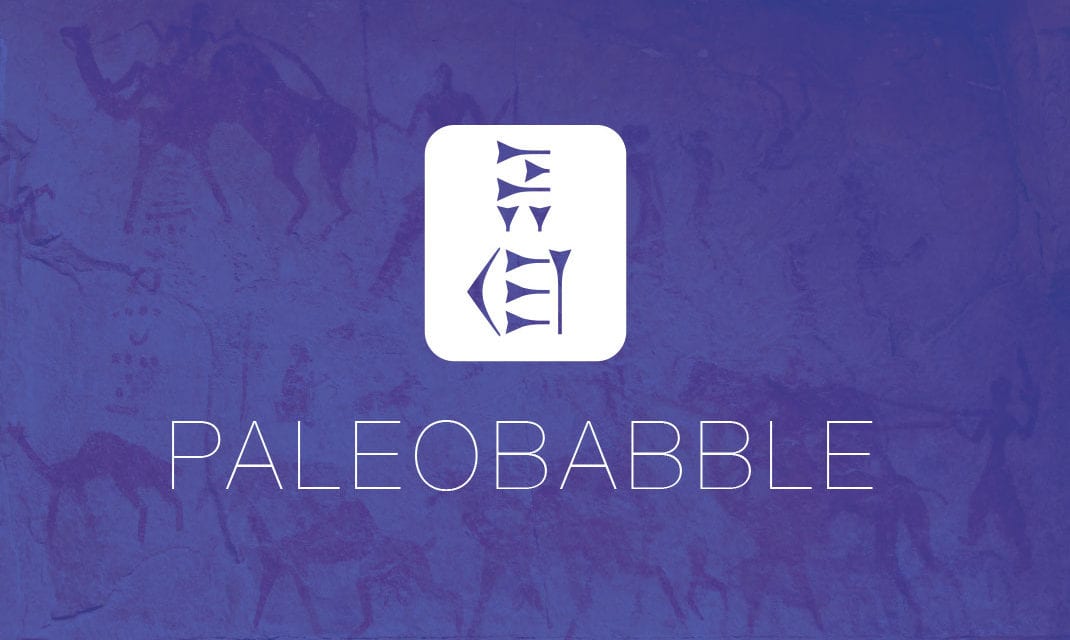For those who are not familiar with my work on this issue, I’d like to direct new readers to my analysis of Sitchin’s take on cylinder seal VA243.
Zecharia Sitchin’s “12th Planet” Cylinder Seal


For those who are not familiar with my work on this issue, I’d like to direct new readers to my analysis of Sitchin’s take on cylinder seal VA243.
Do we know what these seals were used for? In my admittedly limited understanding, I thought they were used by rolling them across wet clay as a sort of authentication mark. Is there any evidence to say they could’ve been a primitive form of printing press? Get enough seals together and you could print a book or maybe a comic strip. It’s one thing if they’re meant to tell an important story but quite another if they’re just a form of authentication for authorities/nobility of the day, like wax seals of later times.
It seems silly to think an interpretation that disagrees with the bulk of other more authoritative material (like actual religious texts) would be appropriate. How do we know we’re not looking at a primitive Dilbert? For all I know, that scene could cause the average Sumerian to spurt goat’s milk out their nose. Seriously though, I do wonder how we know serious text from what the people of the day knew to be fiction when studying ancient writings. We’ll be in serious trouble when archaeologists unearth a buried Barnes & Noble 2000 years from now.
So, with the consensus of leading scholars – the wavy lines are indicative of the sun, while six or more points absent of wavy lines is indicative of a star, correct?
Then, there is a winged disk. Is the winged disk also the sun?
Also, on one of the cylinder seals, I believe it is Plate XXVI-seal L – there is a human figure that appears to have long hair, vertical piping down the outer garments (some sections smooth) – that has a 9 sided star??? or sun??? above his/her head. The human figure is facing another human figure who has 7 stars and a crescent moon over his/her head.
Who are these figures?
And just behind those figures, in the background, seems to be a large sun or star symbol that lies behind the body of the left human figure. Is that a star, sun, or neither?
Oh, and is there a way for you to create as part of your Every Thought Captive blog – to have a suggestion or question box – where we can write in questions or suggestions that pertain to the topic or heading of one of your current blogs? Like, for instance, I would like to ask you some questions about ancient symbols that we see in large picto’s visible by aircraft, but how would I ask that question, because this post does not really pertain to those picto’s?
@Matt…: it is well known that astronomy/astrology was a serious and longstanding practice in Mesopotamia. Astronomical bodies were considered living deities (because they moved – and movement = animate life). They tracked such things and made up stories to “explain” the what the gods were doing. It isn’t Dilbert.
@Cephas71: the identity and iconography can be referenced in a book like Black’s Gods, Demons and Symbols of Ancient Mesopotamia: An Illustrated Dictionary.
Check your sources better.
How about when you say about the Sun always being depicted the same way?
How about the symbol of Shamash? Did you forget about the Shamash Seal at the Louvre?
http://en.wikipedia.org/wiki/File:Cylinder_seal_Shamash_Louvre_AO9132.jpg
How about the Kudurru found at Susa?
http://www.ezida.com/kudurruhaut.htm
How about the other shamash at the louvre again?
http://thezeitgeistmovement.com/wiki/images/5/5c/Shamash.jpg
Now go tell the Louvre and Ezida that it’s not the sun depicted.
Regards
what are the dates (periods)? the kudurru isn’t the sun (and those are late as well), the Shamash seal has the seven sisters on it – the Pleiades – which tells us that we shouldn’t assume the object is a sun – and how do we know it’s Shamash? Where’s the text?